On the anniversary of its release, we honor the legacy of one of the most influential vampire films and Dracula adaptations of all time.
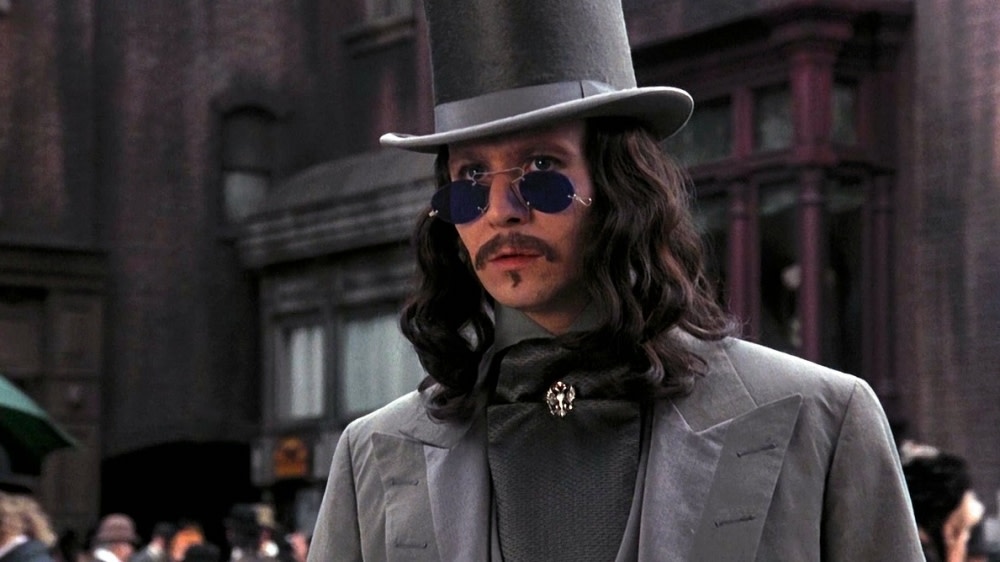
Premiering on November 13, 1992, Francis Ford Coppola’s gothic masterpiece Bram Stoker’s Dracula opened at number one at the US box office during its first weekend, finally dropping out of the top five after three weeks.
The film grossed $82,522,790 in the US and Canada. It garnered $4 million during its opening weekend in the UK, breaking a UK opening weekend record set by Batman Returns. Bram Stoker’s Dracula was ranked the 15th highest-grossing film of the year in the US and Canada and the ninth highest-grossing film worldwide.
Critical reception was mixed but mostly positive, with Roger Ebert giving the film three out of four stars for its visuals alone.
It currently holds a 77% approval rating based on 65 reviews. According to the Rotten Tomatoes critic consensus, the film is “Overblown in the best sense of the word; Francis Ford Coppola’s vision of Bram Stoker’s Dracula rescues the character from decades of campy interpretations — and features some terrific performances to boot.”
The film also earned four Academy Awards for costumes, sound, makeup and hair, and production design.
I have always loved horror movies, especially supernatural ones, and I’ve always been drawn to vampires. But Bram Stoker’s Dracula was the film that started my vampire obsession. Before seeing this film, I learned about the backstory from a book on the making of the movie. I was fascinated to learn that Dracula was based on a real-life Romanian historical figure, Vlad the Impaler.
I came away from watching it with a full-blown obsession with vampires. I went to the library and borrowed every book I could find on the subject.
The script was born from screenwriter James V. Hart’s obsession with the novel.
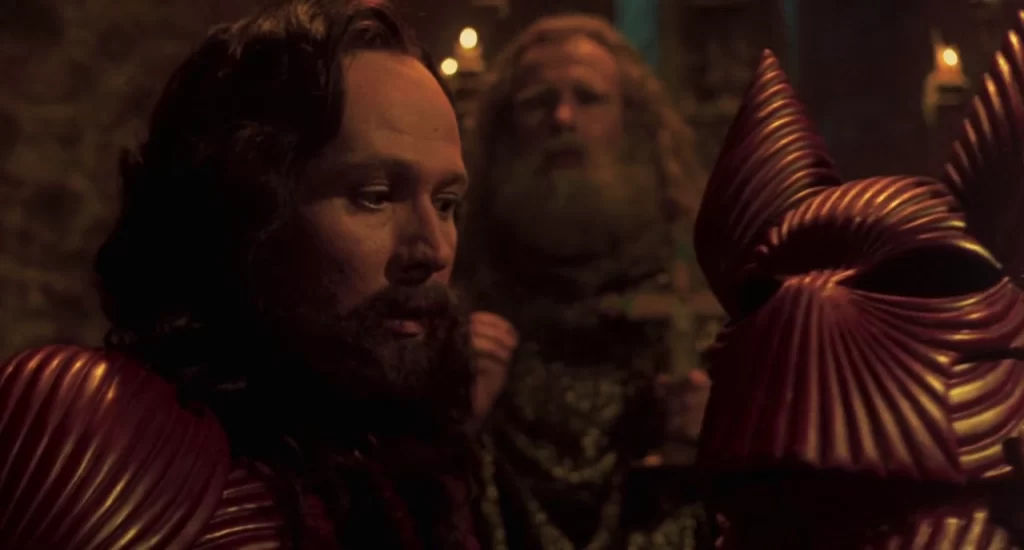
In the book Bram Stoker’s Dracula: The Film and the Legend, Hart wrote that he became hooked on the story after reading Stoker’s novel in 1977 on a flight from France to New York.
He wanted to write a screenplay that was true to the novel. He did extensive research into vampire lore and Dracula, and he met with Leonard Wolf, a Romanian-American poet, author, teacher, and translator. Wolf’s books include annotated editions of Dracula, Frankenstein, The Strange Case of Dr. Jekyll and Mr. Hyde, and The Phantom of the Opera.
Over the years, countless doors were slammed in his face when Wolf told potential agents that he wanted to make a Dracula movie. It wasn’t until 1990 that anyone showed any interest.
Producers Robert O’Conner and Michael Apted and TV executive Karen Moore paid Hart to write a screenplay. Hart’s first choice for director was David Lean, director of the films The Bridge on the River Kwai (1957), Lawrence of Arabia (1962), Doctor Zhivago (1965), and A Passage to India (1984). Lean was known for epic films, and Hart envisioned his Dracula film as an epic romance. He said that more than one executive laughed when he told them about his choice of director.
In November of 1990, Hart’s agent called to tell him that Francis Ford Coppola was interested in directing. Needless to say, Hart could hardly believe his ears. He learned that Winona Ryder read his screenplay, loved it, and showed it to Coppola to get his opinion.
Bram Stoker’s Dracula stands out in the vampire subgenre for many reasons.
Besides being visually stunning, Gary Oldman and Anthony Hopkins deliver extraordinary performances. Hart’s story presents an intriguing mix of historical fiction, horror, and gothic romance. Hart and Coppola’s 1992 reimagining presents the immortal Count Dracula as we have rarely seen him.
Once I took my deep dive into vampires in fiction and folklore, I saw different influences at work in Coppola’s 1994 reimagining.
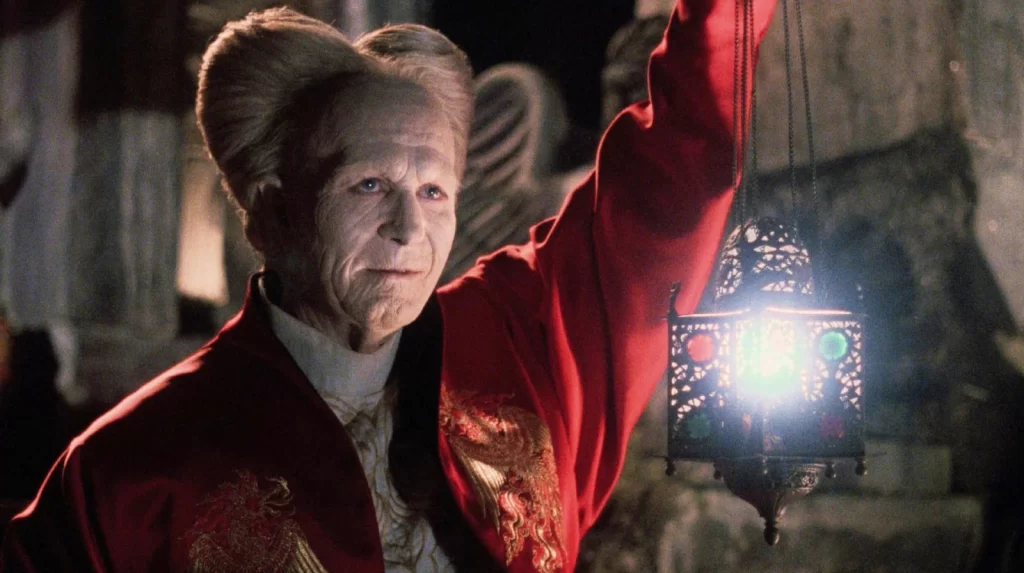
Two sources come to mind that present a sympathetic Count Dracula, Fred Saberhagen’s novel, The Dracula Tape, and the 1979 film adaptation of Stoker’s tale, starring Frank Langella as the Count and Kate Nelligan as Lucy Seward, Dracula’s love interest. Both of these versions of Dracula’s tale present the Count as a multi-dimensional character instead of a monster controlled by blood lust.
In Bram Stoker’s Dracula, Mina Harker (Winona Ryder) isn’t an innocent victimized by an evil blood-sucking creature of the night. She is the reincarnation of Elizabeta, Dracula’s (Gary Oldman) wife, who committed suicide believing that Dracula was dead.
As Jonathan Harker (Keanu Reeves) is near death in Transylvania, Mina and Dracula begin courtship in England. They both have feelings for each other. Dracula also has a conscience and doesn’t embrace his vampiric nature. When Mina demands to know what Dracula is, he says, “I am nothing…lifeless, soulless, hated and feared.” As she begs him to make her a vampire, Dracula refuses at first, saying, “I love you too much to condemn you.”
Oldman’s portrayal of Dracula is a brilliant mix of horror, romance, and tragedy.
In many scenes, he plays the count as a romantic who believes in undying love.
He’ll do anything to reunite with his lost love, Elizabeta. After noticing Mina’s picture among Jonathan Harker’s possessions, Dracula decides to hold him captive. In the meantime, Dracula travels to England, moves into Carfax Abbey, preys on Mina’s best friend, Lucy Westenra (Sadie Frost), and puts himself in Mina’s path.
In some scenes, Oldman plays Dracula as a classic movie monster.

He brings an infant home for his brides to feast on and laughs in response to Harker’s horror. He preys on and turns Mina’s friend Lucy. When he’s confronted by Van Helsing and his makeshift band of vampire hunters. Dracula defiantly stands his ground before morphing into a human-sized bat.
In the book, Bram Stoker’s Dracula: The Film and the Legend, associate producer Susie Landau said Oldman “[…]had a tremendous weariness, which none of the other actors who read for the part had. Dracula has been around for 400 years. He’s totally isolated and lonely, and Gary made that real.”
To prepare for the role, Oldman researched Dracula by reading several books. However, Oldman reportedly credited Anne Rice’s Interview With the Vampire as providing the most insight since it is told from a vampire’s perspective who wasn’t happy with their existence.
“Vampires are fascinating. They are selfish, destructive creatures who despise what they’re doing yet can’t avoid doing it,” Oldman said “I don’t play him as out-and-out evil. It’s a delicious cocktail because you know he is like the devil. But I’ve tried to show the good and the bad paralleling one another—there’s a dynamic there.”
When Dracula and Harker first meet, some of the dialogue is familiar. Oldman utters some lines which Bela Lugosi made famous in the classic 1931 Dracula. He says, “I never drink ….wine.” and, “Listen to them…the children of the night…what sweet music they make.”
In Bram Stoker’s Dracula: The Film and the Legend, Oldman said, “The film image I can’t get away from is Bela Lugosi. He was really onto something: the way he moved, the way he sounded. I based my voice on his a little.”
Anthony Hopkins plays Van Helsing with as many dimensions as Olman’s Dracula.
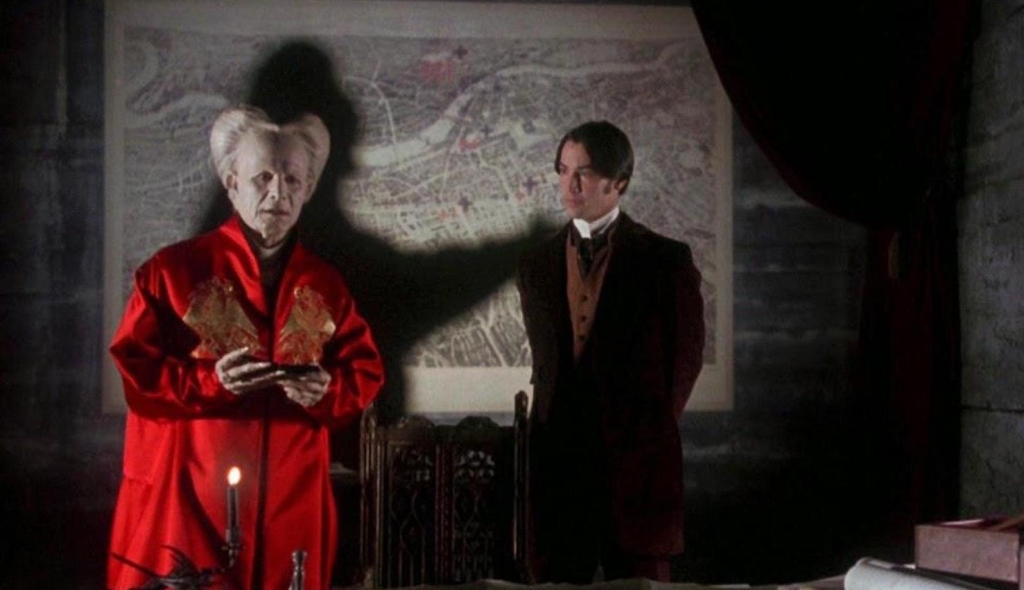
Van Helsing is part madman, shaman, priest, doctor, and even father figure as he leads his group of novice vampire hunters in his crusade against Count Dracula.
Hopkins said that he said yes to the role before reading the script because he wanted to work with Coppola. On Van Helsing, Hopkins said, “I think he’s been down into the depths. He’s done everything and seen the face of terror and death, and then comes out on the other side; he knows the nature of evil.”
Visually, Bram Stoker’s Dracula is stunning; the sets and costumes are extraordinary.
According to Screen Rant, cinematographer Michael Ballhaus wrote that both the cinematography and visual design of the 1992 film were inspired by the silent film Nosferatu. In Nosferatu and other silent films, some of the action is portrayed in the shadows on the walls. I recall that inside Dracula’s castle, Dracula’s shadow is clearly seen in the background, giving the effect that the shadow almost has a life of its own. One scene that sticks out is one where Dracula’s shadow appears to be choking Jonathan Harker.
In Bram Stoker’s Dracula: The Film and the Legend, Coppola said that he wanted to spend more money on costumes than sets.
“Let’s dress these young actors in beautiful, exotic, erotic costumes that have so much of the emotion right in the fabric.”
Coppola previously worked with renowned graphic designer Eiko Ishioka on Faerie Tale Theater’s Rip Van Winkle. He said that he was confident that Ishioka would create unique and interesting designs.
Coppola’s goal was to have costumes that would “establish characters, period, mood and the overall atmosphere of the film.”
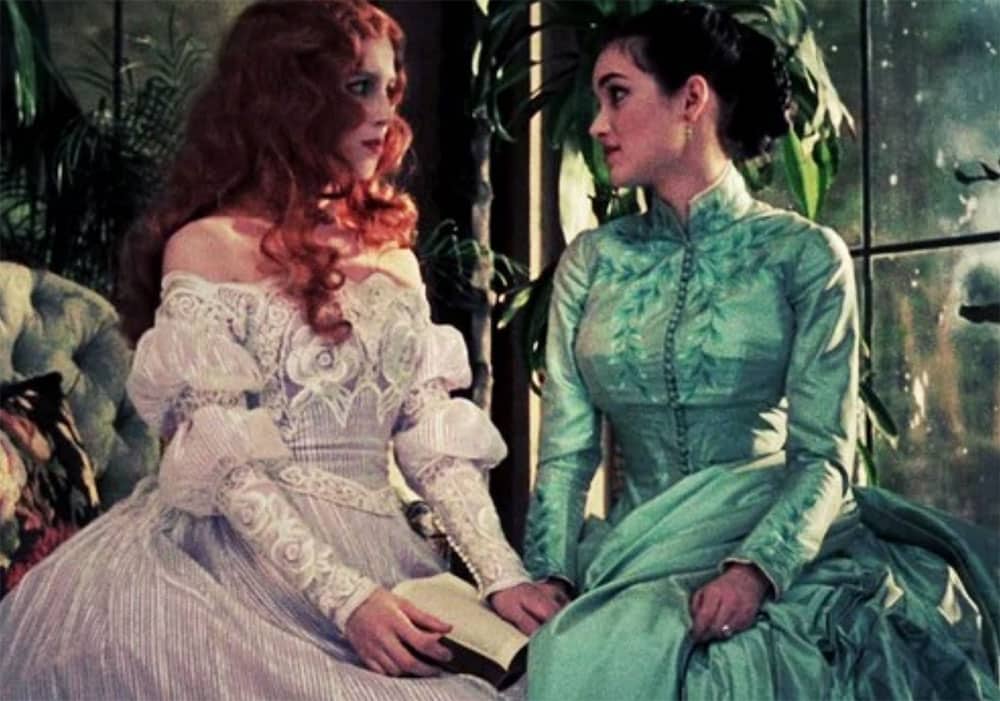
Ishioka mingled eastern and western themes by making Victorian dresses with Japanese obi (sash) fabric. She also drew on various visual resources from Symbolist paintings to Buddhist figurines and the Australian frilled lizard for Lucy Westenra’s (Sadie Frost) iconic wedding dress.
There was also a specific color scheme for each character.
Ishioka used red for many of Dracula’s costumes which, of course, represented blood. Mina only wears red during her date with Dracula at the cafe. Ishioka made most of Mina’s costumes green to symbolize her youth and innocence. However, when Mina and Lucy both wear green dresses to a party, note the embroidery is vastly different. Mina’s dress is embroidered with flowers and Lucy’s with snakes.
To ensure her designs fit the characters, Ishioka sat in during reading sessions of the screenplay. Ishioka received an Academy Award for her work on the film.
From Lucy’s reaction to Dracula to Harker’s meeting with Dracula’s brides, Coppola’s 1992 reimagining of Dracula is the most erotic version.
Frost portrays Lucy as fun-loving, openly flirtatious, and overtly sexual.
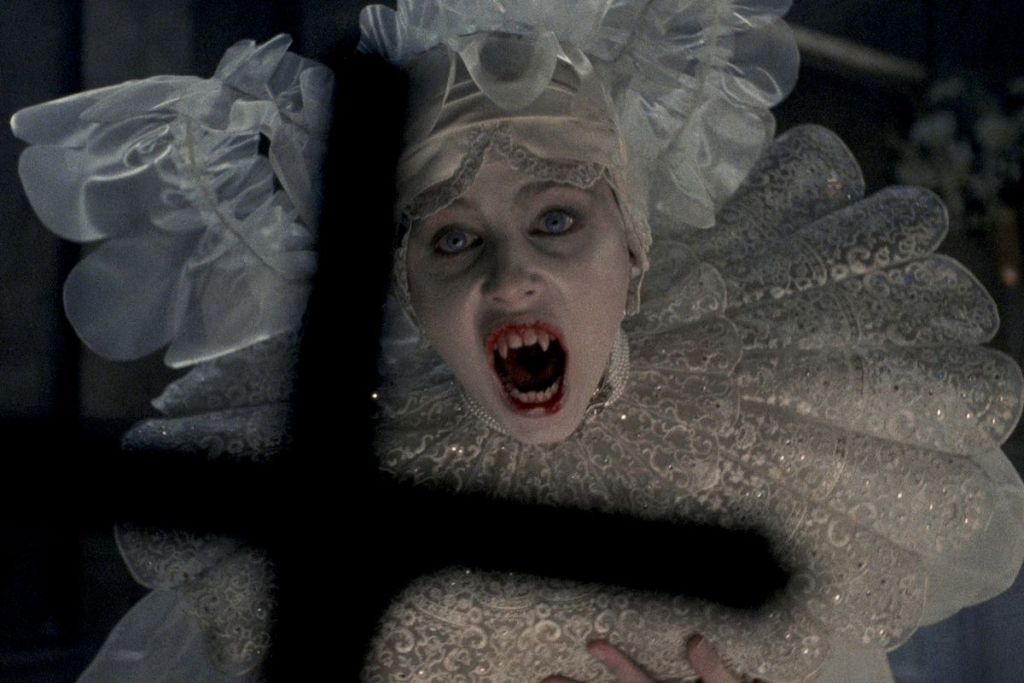
Mina admits that Lucy’s “free way of speaking” shocks her.
Lucy teases Mina by telling her that she had an erotic dream while looking over sexually explicit illustrations in a copy of Arabian Nights. We then see her flirting openly with three men at a party, complete with a double entendre regarding Quincy’s Bowie knife.
The eroticism is amped up during Dracula’s visitations to Lucy. As Dracula arrives at her window, Lucy seems on the verge of orgasm. We also can’t forget the kiss she and Mina share while running around in the garden maze.
In Bram Stoker’s Dracula: The Film and the Legend, Frost said, “I almost feel as if I’m playing three parts: Lucy as femme fatale, as a girl who feels she’s losing her mind, and as the possessed bride of Dracula. Lucy is full of life—she wants to experience everything. And that makes her vulnerable. She’s looking for something she can’t find in any of her suitors.”
For the scenes in which Lucy is aroused by Dracula’s presence, Frost said that she entered “a kind of obsessive trance and act those scenes just as movement, a kind of dance.”
Dracula’s vampire brides were completely different than the ghostly silent women we see in the 1931 film.
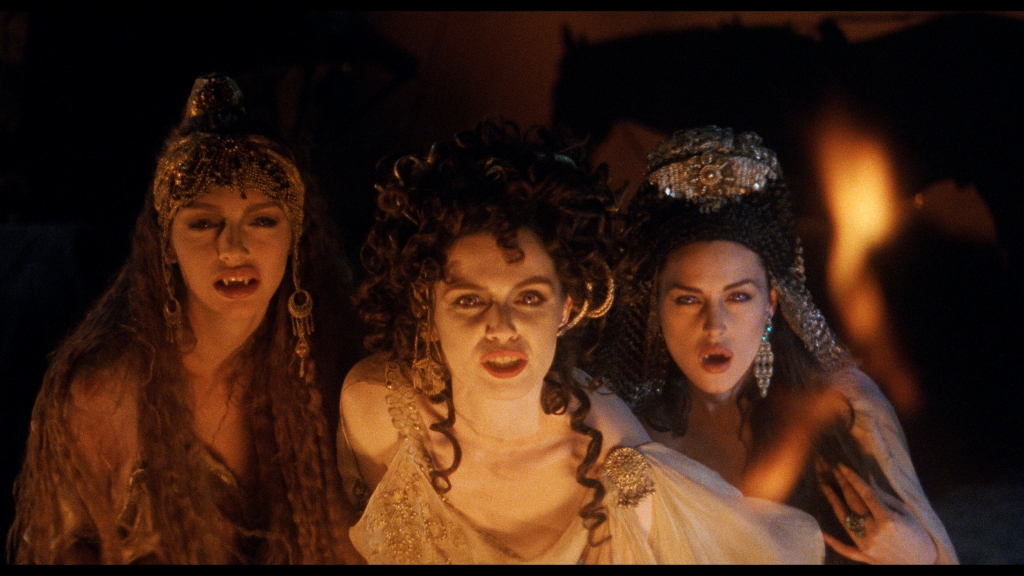
In the 1992 film, the brides wear flowing gossamer gowns as they boldly approach Harker and swarm all over him and each other. They are defiant and even laugh in Van Helsing’s face.
According to the movie book, Coppola rejected Ishioka’s first idea for the brides, which was to paint three naked actresses green. However, Coppola thought that would make them look more like works of art than characters. He wanted something that looked fragile and decaying but feminine.
After seeing 600 actresses, Italian actress and model Monica Bellucci, Israeli model Michaela Bercu, and Romanian actress Florina Kendrick were cast. Kendrick also coached Oldman, Ryder, Hopkins, and her fellow brides on the Romanian language.
Bram Stoker’s Dracula deserves a place in the halls of horror history for many reasons. The writing, direction, excellent cast, exquisite sets, costumes, and effects all pull together seamlessly to make a perfect film. Hart and Coppola’s reimagining of the legendary Count stays true to the book in many ways while also presenting a fresh take on the Dracula legend.
Oldman’s brilliant portrayal gives us a multi-dimensional Count Dracula, that is, as he put it, “a delicious cocktail,” part classic movie monster, part tragic antihero, and part romantic.
Many other adaptations of Dracula have been made since; however, it seems that none will ever top Bram Stoker’s Dracula.


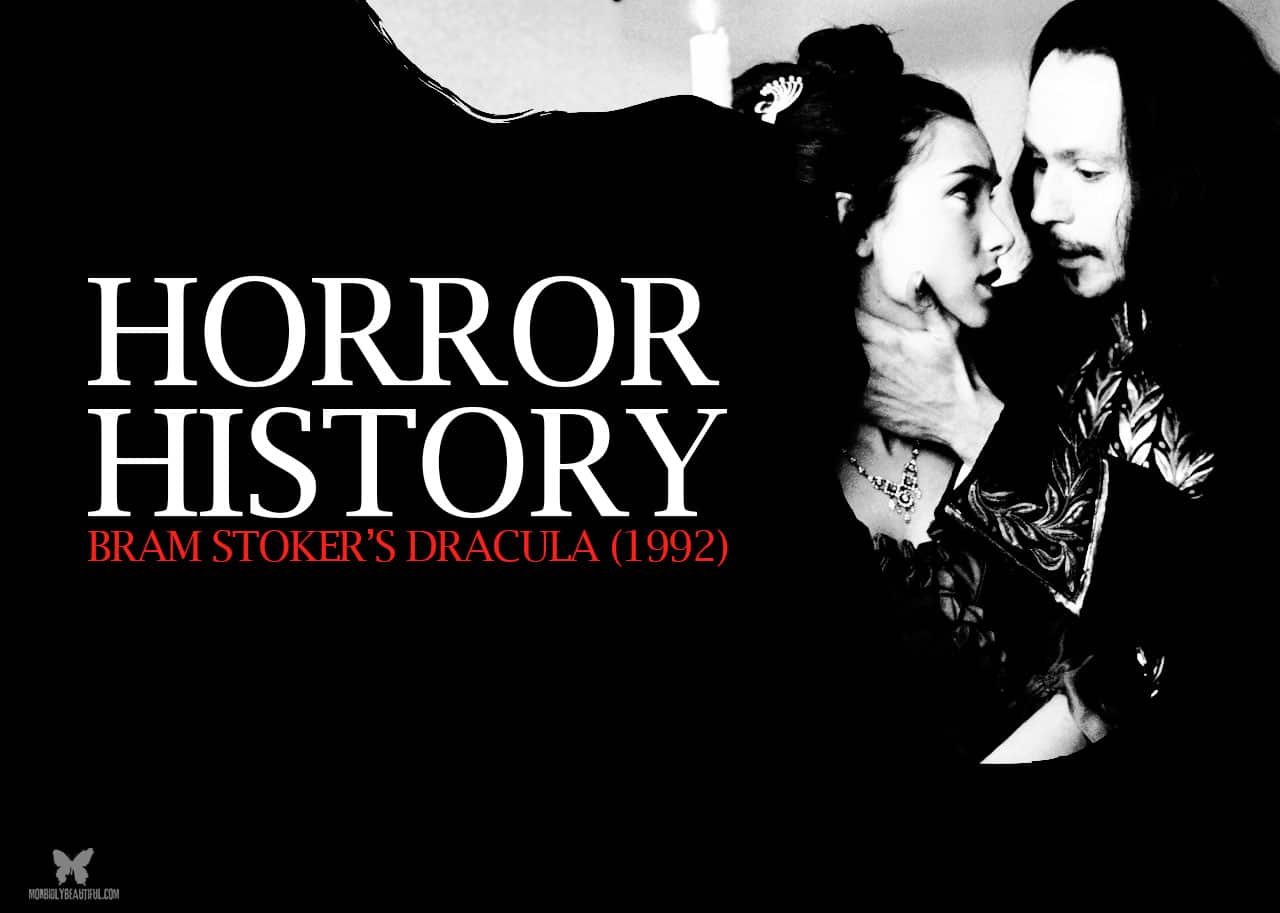
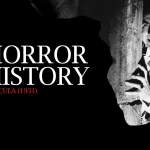
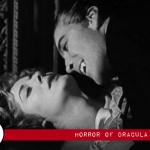
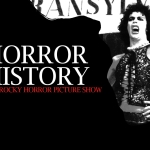
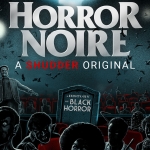
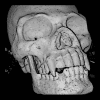







Follow Us!